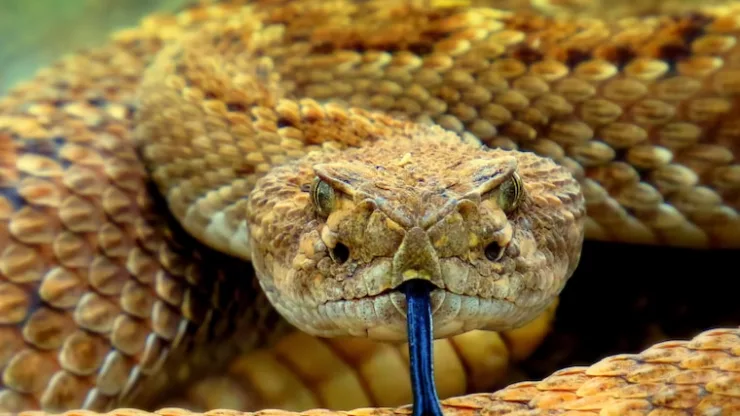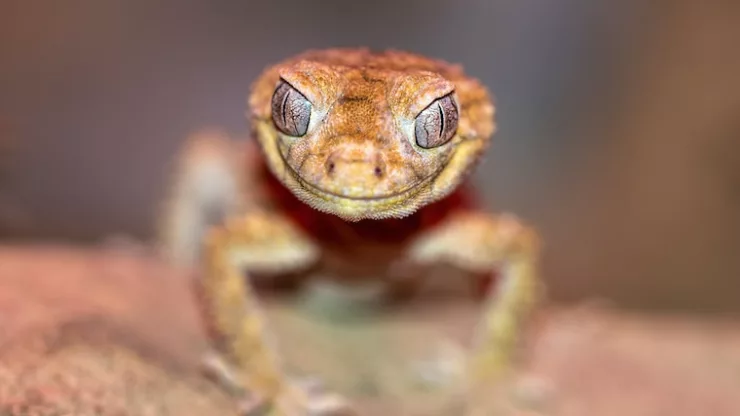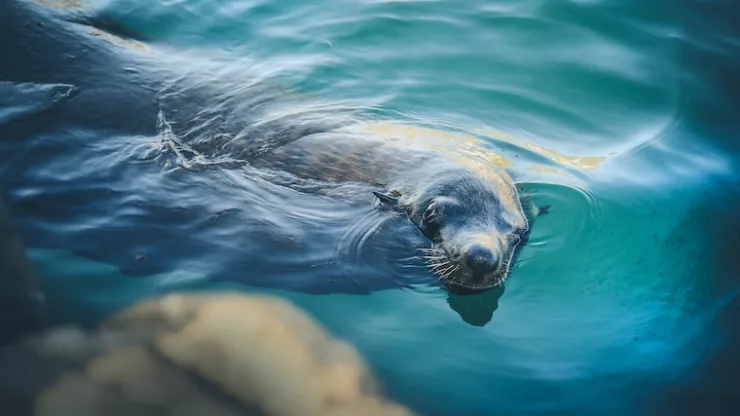Rattlesnakes are one of the most recognizable reptiles in the world. These venomous snakes have fascinated and intimidated people for centuries.
Here are some interesting facts about rattlesnakes that you may not know.
- Rattlesnakes are found only in the Americas, from Canada to Argentina.
- There are 36 species of rattlesnakes.
- The largest rattlesnake species is the eastern diamondback, which can grow up to eight feet long.
- The smallest rattlesnake species is the pygmy rattlesnake, which only grows to be about two feet long.
- The rattle on a rattlesnake’s tail is made up of interlocking segments of keratin, the same material that makes up human hair and nails.
- A new segment is added to the rattle each time the snake sheds its skin.
- Rattlesnakes do not always rattle before they strike. Some will strike without warning.
- Rattlesnake venom is a complex mixture of proteins and enzymes that can cause a range of symptoms, including pain, swelling, and tissue damage.
- Rattlesnake venom can also affect the nervous system, causing paralysis, respiratory failure, and even death.
- Rattlesnakes are important predators in their ecosystems, helping to control rodent populations.
- Rattlesnakes are also preyed upon by other animals, including hawks, eagles, and other snakes.
- Rattlesnakes can detect prey using infrared radiation, which helps them locate warm-blooded animals in the dark.
- Rattlesnakes are generally solitary animals, but they may congregate in large numbers during the breeding season.
- Female rattlesnakes give birth to live young, rather than laying eggs.
- The number of offspring a female rattlesnake can have depends on the species, but it can be as many as 25.
- Rattlesnakes have heat-sensing pits on their faces that help them detect prey and avoid predators.
- Rattlesnakes can survive for months without eating, but they must have access to water.
- Rattlesnakes hibernate during the winter in dens with other snakes.
- Rattlesnakes are not aggressive and will only attack humans if they feel threatened or cornered.
- If you encounter a rattlesnake in the wild, give it plenty of space and back away slowly.
- Rattlesnakes are an important part of many Native American cultures, where they are seen as symbols of strength and protection.
- Rattlesnakes have been used for medicinal purposes for centuries, with some cultures believing that their venom can cure illnesses.
FAQ
Do rattlesnakes lay eggs or give birth to live young?
Female rattlesnakes give birth to live young.
How many species of rattlesnakes are there?
There are 36 species of rattlesnakes.
Are rattlesnakes aggressive?
Rattlesnakes are not aggressive and will only attack humans if they feel threatened or cornered.
How long can a rattlesnake survive without food?
Rattlesnakes can survive for months without eating, but they must have access to water.
What should I do if I encounter a rattlesnake in the wild?
If you encounter a rattlesnake in the wild, give it plenty of space and back away slowly.
How are rattlesnakes important to their ecosystems?
Rattlesnakes are important predators in their ecosystems, helping to control rodent populations.

I am a fun fact enthusiast and creator of Facts On Tap.
I love to share my knowledge and curiosity with readers and inspire them to learn something new every day.
When I’m not writing, I enjoy traveling, reading, and playing trivia games with my friends.




